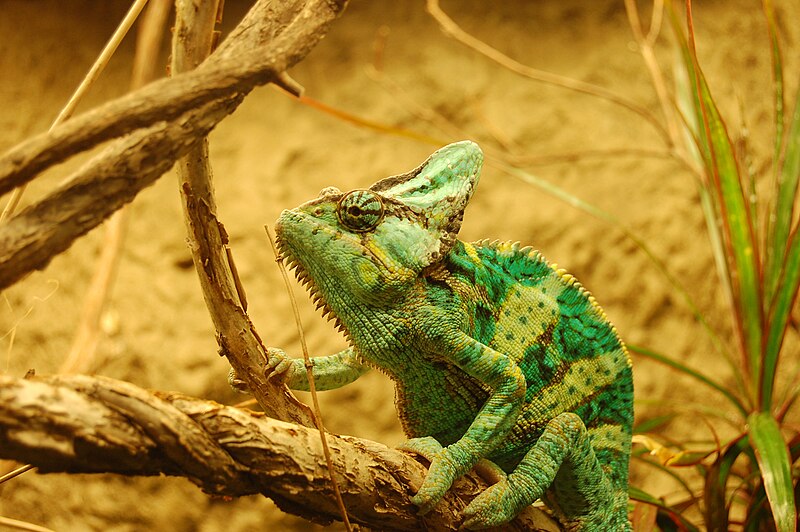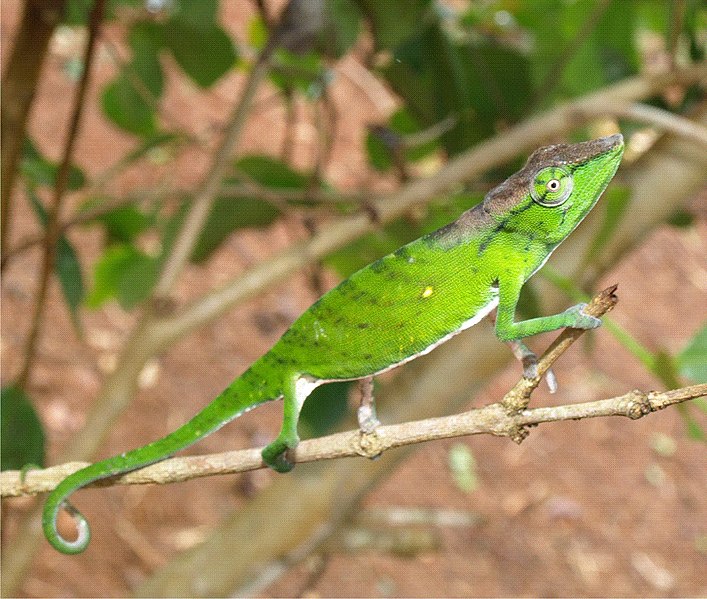 Hello, Frank Indiviglio here. Perhaps the most fantastically-bizarre of all lizards, chameleons have long been popular in private and public collections. However, the world’s 195 species, ranging in size from the 1.5 inch-long Pygmy Leaf Chameleons (Rhampholeon spp.) to the 30 inch Oustalet’s Chameleon (Furcifer oustaleti), often prove to be difficult captives. Although great strides have been made, chameleon husbandry remains challenging, if intriguing. The following points, drawn from notes taken during my years working at the Bronx Zoo, are useful to consider before embarking on a chameleon-keeping venture.
Hello, Frank Indiviglio here. Perhaps the most fantastically-bizarre of all lizards, chameleons have long been popular in private and public collections. However, the world’s 195 species, ranging in size from the 1.5 inch-long Pygmy Leaf Chameleons (Rhampholeon spp.) to the 30 inch Oustalet’s Chameleon (Furcifer oustaleti), often prove to be difficult captives. Although great strides have been made, chameleon husbandry remains challenging, if intriguing. The following points, drawn from notes taken during my years working at the Bronx Zoo, are useful to consider before embarking on a chameleon-keeping venture.
Chameleons Do Not Like Company – Human or Otherwise!
Wolverines and Tasmanian Devils are more sociable than the average chameleon! Highly territorial, both males and females will fight among themselves and with the opposite sex. Pairs may get along in large, heavily-planted enclosures, but they must be watched closely.
Chameleons abhor handling, and are best considered as animals to observe only. Don’t worry, for when properly kept, chameleons will reward you by exhibiting fascinating behaviors…but this will not be the case if you disturb them with unnecessary handling! Read More »

 That Reptile Blog – Reptile, Amphibian and Exotic Pet Care and Information
That Reptile Blog – Reptile, Amphibian and Exotic Pet Care and Information




